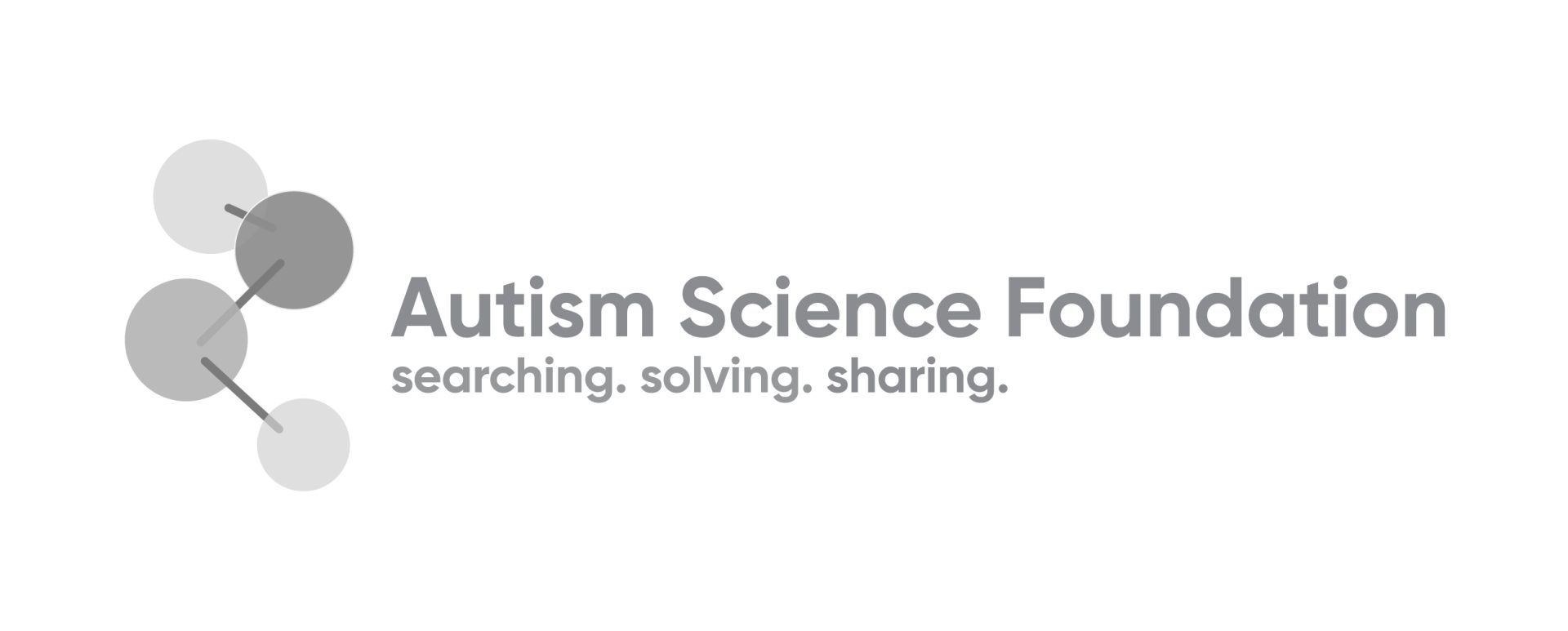What To Do If Your Family Member with Autism Is Diagnosed with COVID-19 and Hospitalized
a guest blog post by Erin Lopes, CRNP, MPH, Psychiatric Consult Liaison Service
Information about COVID-19 is evolving on a daily basis. We do know is that COVID-19 is a novel pathogen and therefore we expect that people with autism are equally at risk for infection with COVID-19 as anyone else. If we apply the epidemiologic trends from the general population, there may be a greater likelihood that adults with autism (age >18 years) rather than children will be hospitalized.
1) If Parents/caregivers are worried their child or loved one with autism may have COVID-19, they can avoid going to the emergency department (ED) or urgent care clinic for a test. Parents/caregivers can call their child’s pediatrician or primary care provider and inquire about drive up COVID-19 test sites. Drive-up test sites the advantage of allowing patients with autism to avoid coming into the ED or doctor’s office. The COVID-19 test involves obtaining a nasal/pharyngeal swab that can typically be collected in less
than a minute. Although the test is quick people can experience mild discomfort while the swab sample is being obtained in the nares. Families or caregivers may need to offer reassurance and support to their loved ones with autism while the test is being administered.
2) If a child or family member with autism presents with more urgent symptoms and needs to be seen in the emergency department it’s important for parents/caregivers to assist ED staff to understand:
– The ED may be understaffed, give a clear and concise history of your child or family member’s current symptoms to help staff provide care efficientl
– Be clear about when the symptoms first started
– Explain how your child or family member with autism communicates, particularly for patients with autism who cannot verbalize pain or discomfort
– Explain what approaches can help your child or family member with autism feel calm
– Give clear examples of approaches to routine care tasks that may provoke fear or distress.
– Offer staff alternative approaches to allow for increased cooperation with routine care tasks such as vital signs or fitting equipment that administers oxygen
– Being in the emergency department is stressful. It is very important for
parents/caregivers to remain calm as our children and family members with autism may react negatively to seeing their caregivers visibly upset
– Engage with ED staff to assist them with calming strategies and offering
reassurance
– Caregivers can ask ED staff about bringing preferred tasks, toys, electronics into
the examination room to assist with providing distraction
– Most ED’s are limiting visitors. Families and caregivers should expect that only one person may be allowed to accompany a patient with autism into the ED
3) The points above also apply for patients with autism when they are admitted to the hospital. I often encourage hospital staff, particularly nursing staff to remember that the acute inpatient care setting is NOT the time to try to work on any therapy to treat the autism. The focus needs to be helping patients with autism get through care as safely and effectively as possible. I encourage staff to find out as much as they can about the
patient’s:
– likes/dislikes
– how they communicate
– assistive communication devices – devices can and should be provided in the hospital setting to allow the healthcare team to communicate effectively with patients with autism
– preferred routes for taking medications
– preferred foods
– preferred TV shows
– safety concerns such as elopement, history of removing IV lines or fear of certain procedures
– how they show they are in pain
– how their behavior in the hospital differs from their baseline as this can provide important clues about symptoms that patients with autism may not be able to communicate verbally
4) If a patient with autism is admitted to the hospital we like to have a complete and up to date list of allergies, current medications, dietary supplements or regularly used medical devices such as a CPAP machine or insulin pumps.
5) Sometimes, despite all of our best efforts, patients with autism have a difficult time tolerating the hospital environment and may act out towards themselves or staff. Ask the care team if there is an autism or behavioral specialist on site to assist in their care. If the hospital does not have a behavioral specialist consider inquiring with the healthcare team about including a psychiatric consult to assist in the management of difficult behaviors that may interfere with care.
6) Families may also want to inquire if the care team provide a 1:1 sitter at the bedside to redirect aggressive or impulsive behaviors if a family member needs to step out of the hospital room
7) It is very important that parents/caregivers BE PATIENT with healthcare providers in the acute inpatient setting. Many facilities are likely to be operating understaffed as members of the hospital workforce become ill with Covid-19 and are required to stay home even as hospital census increases during the pandemic.
8) Plan ahead – Hospitals across the country are now limiting visitors. Only one parent or caregiver may be allowed to remain at the bedside with a patient with autism if they are admitted to the hospital.

